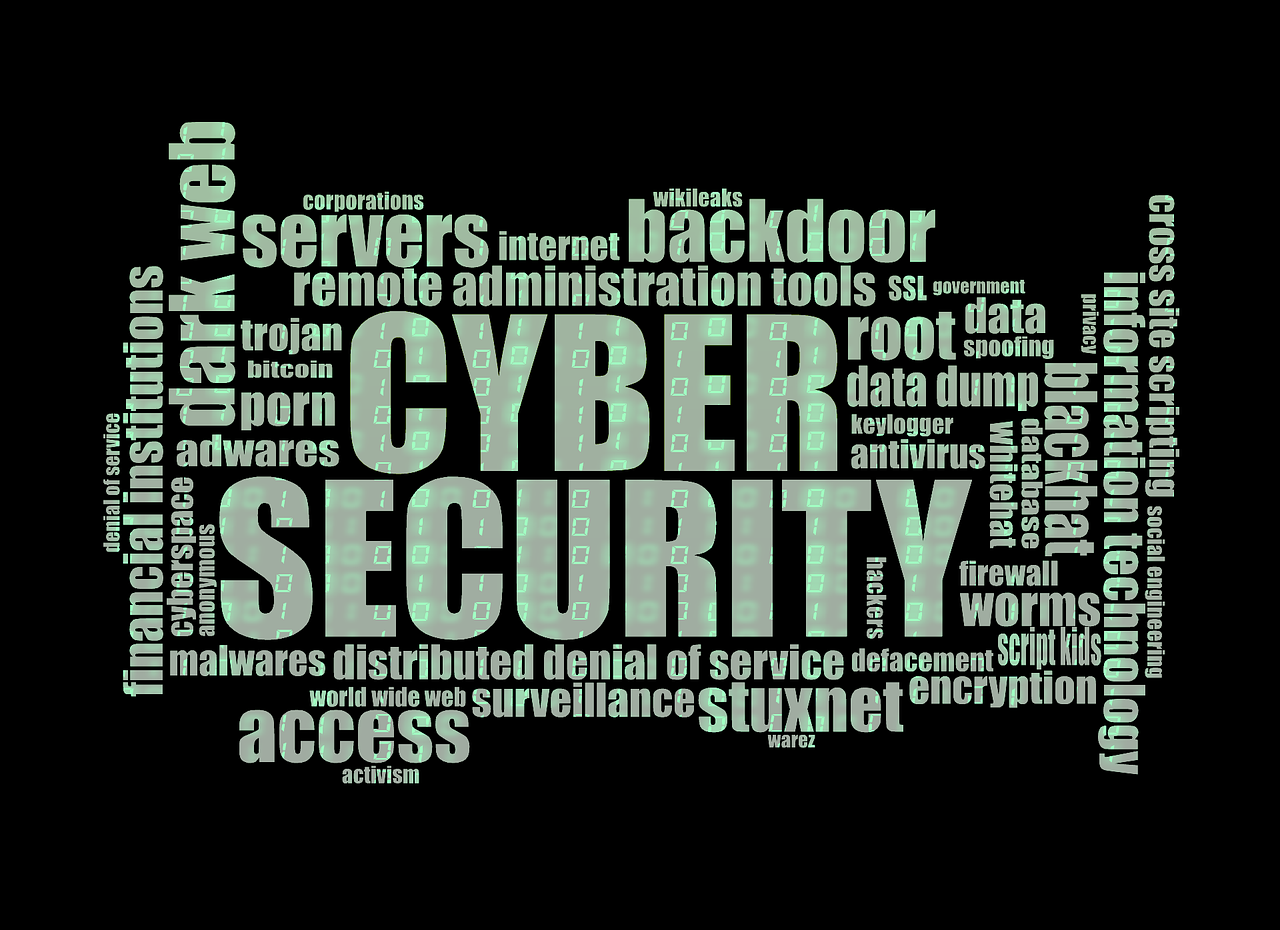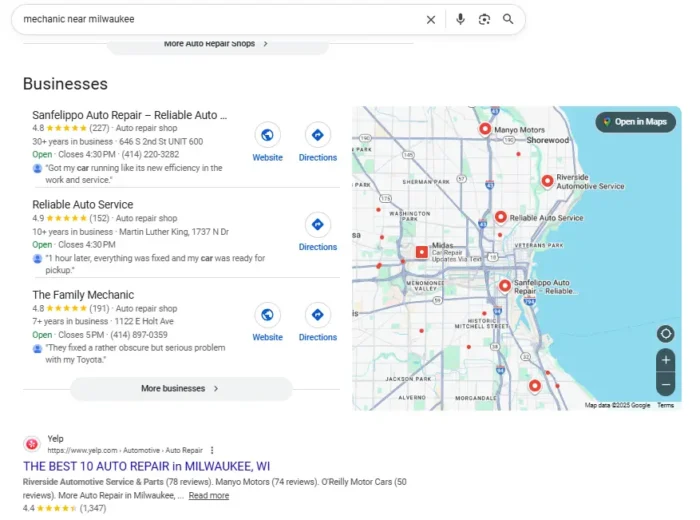How China's DeepSeek could boost the already booming data center market
Despite an initial knee-jerk reaction from markets, experts told CNBC that cheaper and more efficient AI models could ultimately boost the data center market.

The emergence of cheaper and more efficient AI models off the back of China's DeepSeek could reshape demand for data centers, boosting a sector that investors were already heavily betting would continue to boom.
For years now, analysts have forecast exponential growth in data centers — the critical infrastructure required for powering the world's digital transition and the training of large language models (LLMs).
China's startup DeepSeek AI model sent investors in jitters in late January, as the launch of its R1 model raised questions about U.S. dominance in the AI sector and whether the developer's efficiency gains could dent demand for data center capacity.
Data centers often take at least two years to build and orders have largely already been factored in for 2025 — meaning that the launch of the disruptive R1 model is unlikely to have any immediate impact. While the launch of DeepSeek's R1 initially led to some analysts tempering their forecasts as they questioned whether money pumped into the sector might have been somewhat "misguided," experts told CNBC that models built more cheaply and with less powerful chips could ultimately become an accelerant for the market.
Bullish outlook
DeepSeek highlights how data centers are vulnerable to shifts in narratives around AI spending, according to analysts at Barclays. If the efficiency claims made by the Chinese startup are confirmed, the development shows that the "hundreds of billions of dollars dedicated to AI development, therefore, appears misguided and hyperscalers capital spending plans could be reconsidered," analysts led by Brendan Lynch, said in a note published on Jan. 27.
They added that, if AI requires less infrastructure, it will be the "lowest quality facilities" — which are the least energy efficient — that could face weaker demand and weaker pricing.
UBS analysts meanwhile noted that around one third of current data center market growth projections rely on the build-out and development of generative artificial intelligence — AI that can create images from written prompts. These forecasts did not factor in a radical improvement in efficiency, UBS said in a Jan. 28 note.
UBS initially forecast in April last year that the global data center equipment market would grow 10-15% across a three-year period to 2028. This week, the bank's analysts said new data and calls from experts ultimately leads to a more bullish market outlook. The firm now expects sector revenues to grow 20% in 2025 and sees "scope to be towards the higher end" of the 10-15% growth range for at least the start of the 2026-2028 period, analysts said in a note out Wednesday.

The jury is "still out" on whether DeepSeek needed 20 to 30 times less computing power per query for inference, Andre Kukhnin, equity research analyst at UBS, told CNBC — referring to the process of running data through an AI model to make a prediction or solve a task.
"While it is more efficient per token, it needs more tokens per query because it is a reasoning model rather than 'flow of speech'... The bottom line is that we do not think it substantially reduces demand for power for inference," Kukhnin explained.
Goldman Sachs' research department forecasts the balance of data center supply and demand will "tighten" in the coming years, reaching a peak in late 2026 and then moderating from 2027 onwards.
If efficiency gains drive lower capital expenditure (capex) levels from major investors, that could, "mitigate the risk of long-term market oversupply we see in 2027 and beyond — which we think is an important consideration that could drive more durability and less cyclicality in the data center market," James Schneider, senior equity research analysts at Goldman Sachs, noted in a Feb. 4 report.
Much is yet to be determined about the impact of the nascent technology, less than three weeks since DeepSeek published its data. R1 isn't enough on its own to "shift the needle" when it comes to demand, according to Andrew McMillan, partner at RPC law firm.
"Investor appetite will be tempered if this can be shown to be replicable, and therefore there will be much lower demand for data processing in the future than there is now, or at least it won't continue on the same growth path," said McMillan, who specializes in M&A and data governance.
"I think over the longer term, it'll be really interesting to see whether that structural approach is capable of taking hold, and I think that can affect the shape of the market."
'Fuel to the fire'
Stocks vulnerable to shifts in the data center market plummeted on Jan. 27. Schneider Electric, the most-exposed European firm to data centers according to UBS, lost more than 9%, Siemens Energy shares shed 20% and ABB closed 6% lower on the day.
Some stocks have since recouped their losses, recovering from the knee-jerk reaction from markets. Earnings statements from mega-hyperscales such as Alphabet's Google and Meta also instilled confidence, as both firms committed to multi-billion dollar investments following the tech sell-off.
There hasn't been "much room for error" in the sector, said UBS' Kukhnin. "That's why some of the stocks have tumbled and are not immediately being bought back, because people already own a lot of the shares and are now trying to figure out whether this is the opportunity to add or if it's the opposite."
He added that lower costs indicate a potential democratization of AI, which could lead to an acceleration in the adoption of the technology — which is "something that's very difficult to quantify."
The data center market will also continue to be fueled by the digital transition, which takes place separately from advancements in AI. "Generative AI was kind of almost icing on the cake, but has become a very thick layer of icing, certainly in terms of future growth," Kukhnin said.
Bruce Owen, EMEA president at Equinix, said the firm is "well positioned as the AI technology curve is bent," adding that he expects the advent of more efficient models to be an "accelerant," for AI.
"An additional dynamic that we might see is the 'Jevons paradox,' which posits that increased efficiencies of a resource can lead to greater consumption of that resource," he told CNBC.
Ryan Cox, head of AI, at consultation firm Synechron, also expects the Jevons Paradox effect to see more efficient technology ultimately lead to more data center demand.
"It's a really complex equation," he told CNBC, noting that there are several headwinds and tailwinds when it comes to determining potential shifts in demand. He shared that Synechron's clients are pursuing "safe" options to indirectly use DeepSeek, such as via Hugging Face, a repository for AI models.
"Overall, I think that efficiency will fuel adoption, and I think it will continue to push up the usage, even as these costs go down. The race towards these more advanced models and the broader applications, the use of AI, means that the overall data center demand, will rise and not fall," Cox noted.

 Hollif
Hollif 
































